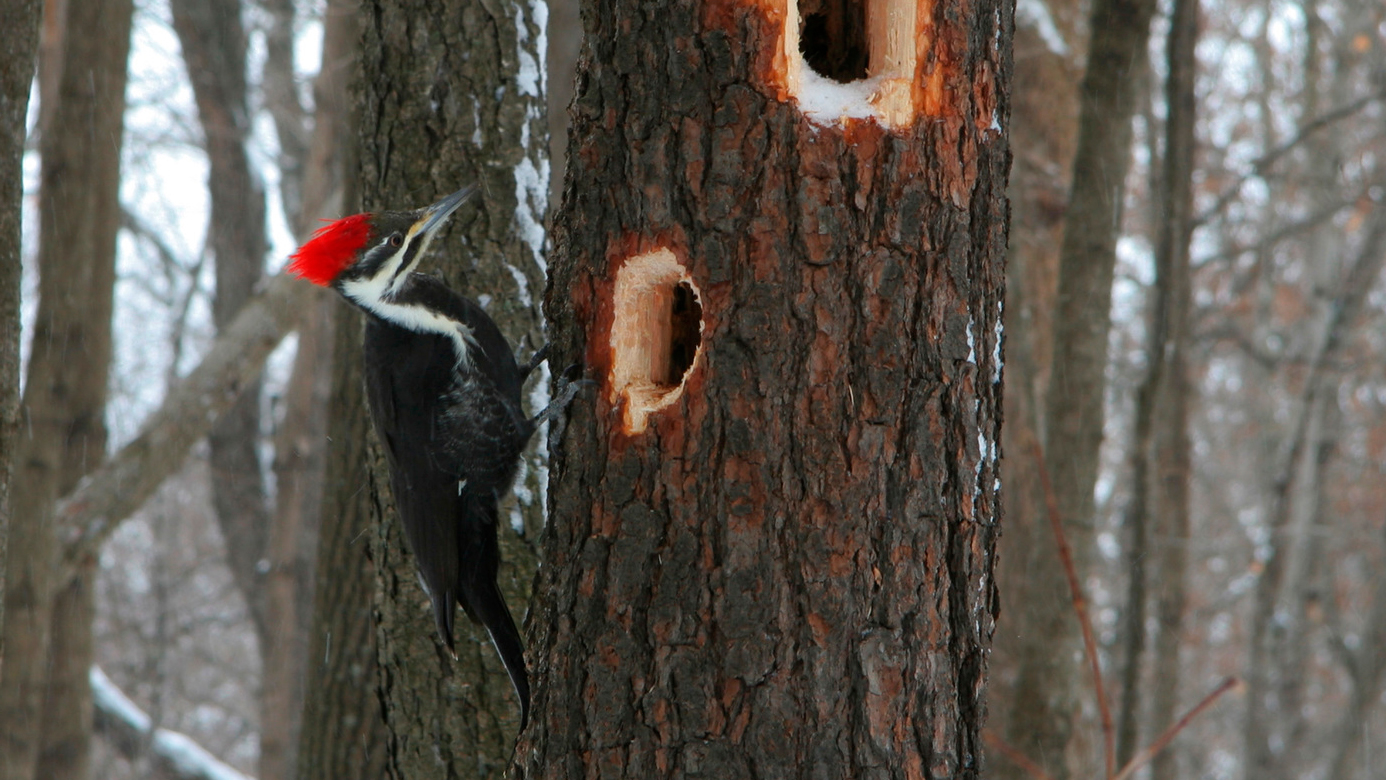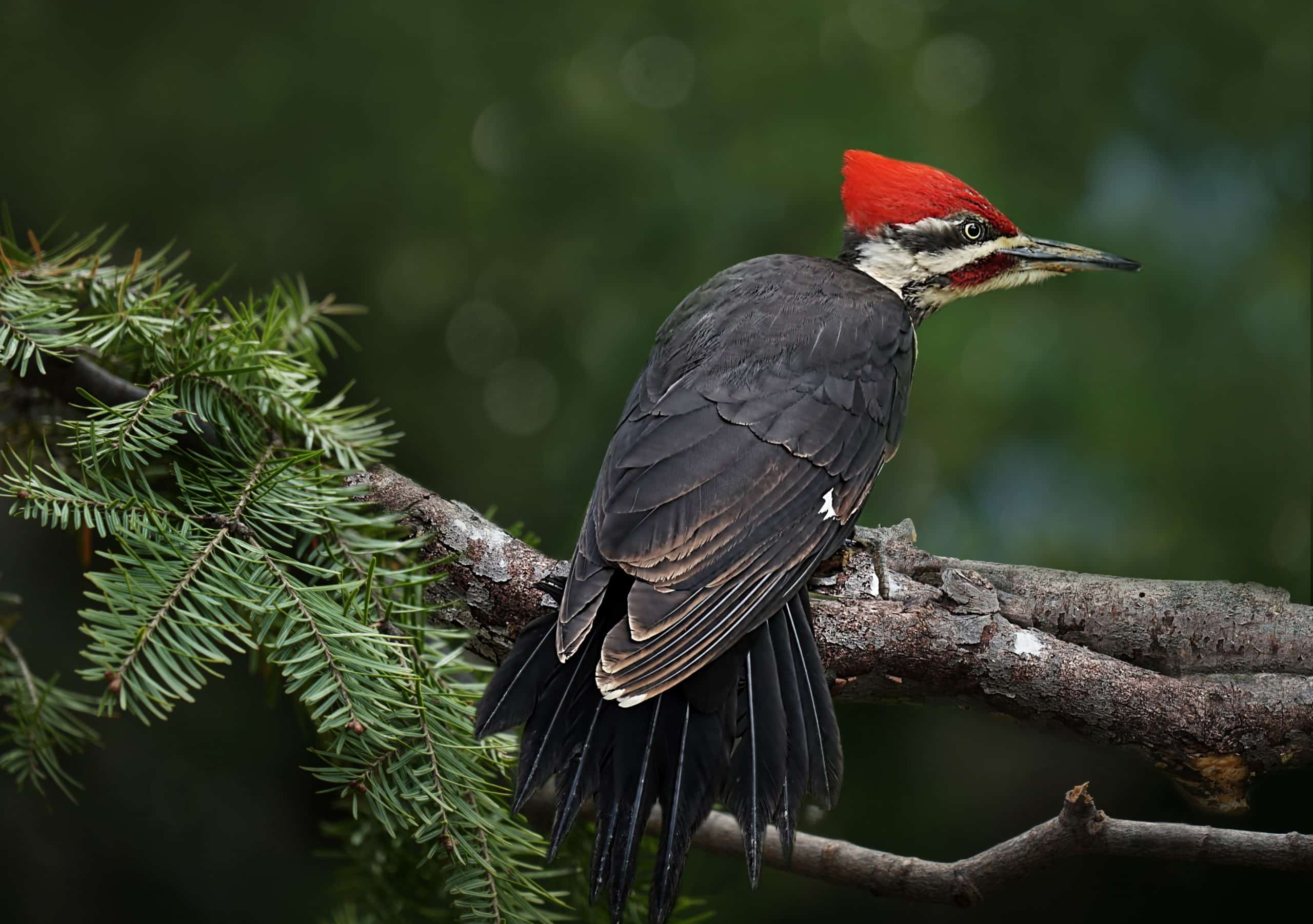Introducing the Secrets of Woodpeckers: Habits, Environment, and More
Woodpeckers, with their special actions and specialized adaptations, have long captivated scientists and nature lovers alike. These impressive birds possess a variety of appealing keys that clarified their survival techniques, habitat choices, and detailed interaction methods. By uncovering the secrets surrounding woodpeckers' habits and environment selections, a much deeper understanding of these bird wonders emerges, offering a peek into their interesting globe. So, what makes these birds absolutely exceptional, and how do they navigate their environment with such precision and skill? Let's explore the captivating realm of woodpeckers and unravel the enigmatic details that make them such intriguing subjects of research.
Woodpecker Behavior Insights
In examining woodpecker actions, a remarkable display screen of specialized skills and adaptations arises, clarifying their amazing ecological particular niche - Woodpeckers in Florida. Woodpeckers, understood for their distinctive drumming on trees, have a selection of behavioral traits that add to their survival and success in their atmosphere. One key actions is their drumming, which serves multiple objectives such as communication, establishing region, drawing in friends, and finding food sources. This balanced pecking also showcases their remarkable stamina and endurance, as they can hammer away continuously at broadband without triggering harm to themselves.
Moreover, woodpeckers show a special feeding actions characterized by their capacity to extract bugs from tree bark utilizing their specialized beaks. Their lengthy, barbed tongues aid in catching target, while their strong neck muscle mass give stability and accuracy throughout pecking motions. This feeding technique permits woodpeckers to access covert insect larvae and remove them with impressive efficiency.
Habitat Preferences and Choice
What variables affect the environment choices and choice of woodpeckers? One important aspect influencing woodpecker habitat selection is the availability of ideal nesting websites. Woodpeckers commonly favor woodlands with a mix of mature trees that offer ample opportunities for dental caries excavation.
In addition, woodpeckers show a preference for habitats with a bountiful supply of food resources. They are mainly insectivorous, feeding upon beetles, ants, larvae, and various other pests discovered in decaying timber or tree bark. Woodpeckers often tend to favor woody locations with a diverse insect populace to satisfy their dietary demands.
Additionally, the presence of dead or worn out trees is one more key variable in woodpecker habitat selection. These trees not just provide food resources however additionally use suitable substratum for cavity excavation. Dead trees are essential for the upkeep of healthy woodpecker populaces, as they play a vital duty in the woodpeckers' life cycle and ecological community dynamics.
Feeding Habits and Diet Plan Make-up
Woodpeckers demonstrate a specialized feeding actions concentrated on foraging for pests within various environments. Their diet mostly includes bugs such as beetles, ants, caterpillars, and crawlers, which they locate by touching on tree bark and paying attention for the noise of activity inside. Woodpeckers use their strong beaks to pierce right into the wood and their lengthy, barbed tongues to extract victim from holes. In addition to bugs, woodpeckers additionally consume tree sap, fruits, nuts, and seeds, adding selection to their diet depending upon the period and availability of food sources.
The foraging techniques of woodpeckers are well-adapted to their arboreal way of living. Woodpeckers play a vital duty in preserving the health and wellness of forests by regulating insect populaces and aiding in the decomposition of timber.
Drumming Seems and Communication
Making use of fast drumming noises on various surface areas, woodpeckers employ a distinctive type of communication to signify area boundaries and bring in companions. This drumming behavior is not just a means of interaction however also acts as a way for woodpeckers to develop their existence within a particular location. The intensity, rate, and pattern of the drumming can convey crucial information company website to various other woodpeckers in the area.
Woodpeckers make use of drumming noises to introduce their existence in a region and to alert off potential trespassers. The loud and recurring nature of the drumming works as a clear signal to various other woodpeckers that the area is currently claimed. This assists in decreasing disputes and decreasing physical conflicts in between individuals.

Survival Adaptations and Specialized Composition

Verdict
To conclude, woodpeckers exhibit unique actions, such as drumming noises for communication, and have actually specialized composition for survival in their chosen environments. Their feeding routines and diet make-up additionally demonstrate their flexibility to different environments. By recognizing these elements of woodpeckers, researchers and go to this site preservationists can better shield and protect these fascinating birds and their ecological communities.
Comments on “Woodpeckers in Florida: Recognition Tips and Environment Preferences”